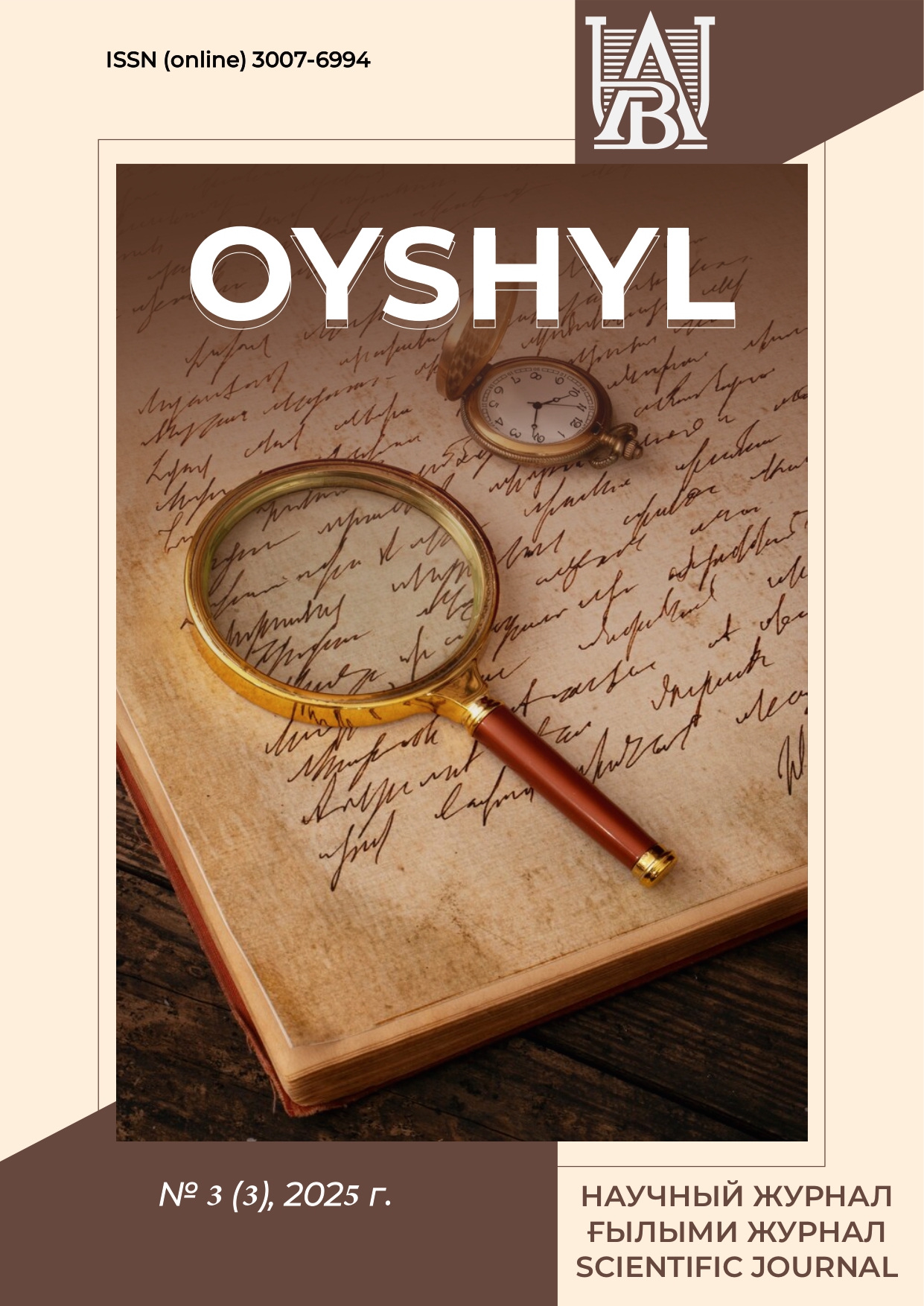THE IMAGOLOGY OF THE KAZAKH STEPPE IN THE WORKS OF G.D. GREBENSHCHIKOV AND A.S. SOROKIN IN THE DISCOURSE OF RUSSIAN ORIENTALISM
Keywords:
Kazakh steppe, Kazakh nomads, imagology, Russian Orientalism, subalternAbstract
This article analyzes the imagology of the Kazakh steppe and the Kazakh nomads on the example of the stories by G.D. Grebenshchikov and A.S. Sorokin, where the technique of self-orientation played an important role in building their own author's myth. Their connections with the ideas of Siberian regionalism, as well as with the theory of Russian Orientalism, are revealed. Siberia, as the Asian part of Russia (with indigenous peoples with exotic cultures and lifestyles), served as a brand for the "Siberians" (which, according to the regionalists, could only be represented by them, since they knew the language and culture of the indigenous people well) and remained so popular both in the early 19th century and in the early 20th century. As a result, the author comes to the conclusion that the image of the Kazakh steppe and Kazakh nomads was necessary for the authors as an "oriental mask" exposing imperial vices and their own status as a subaltern.

